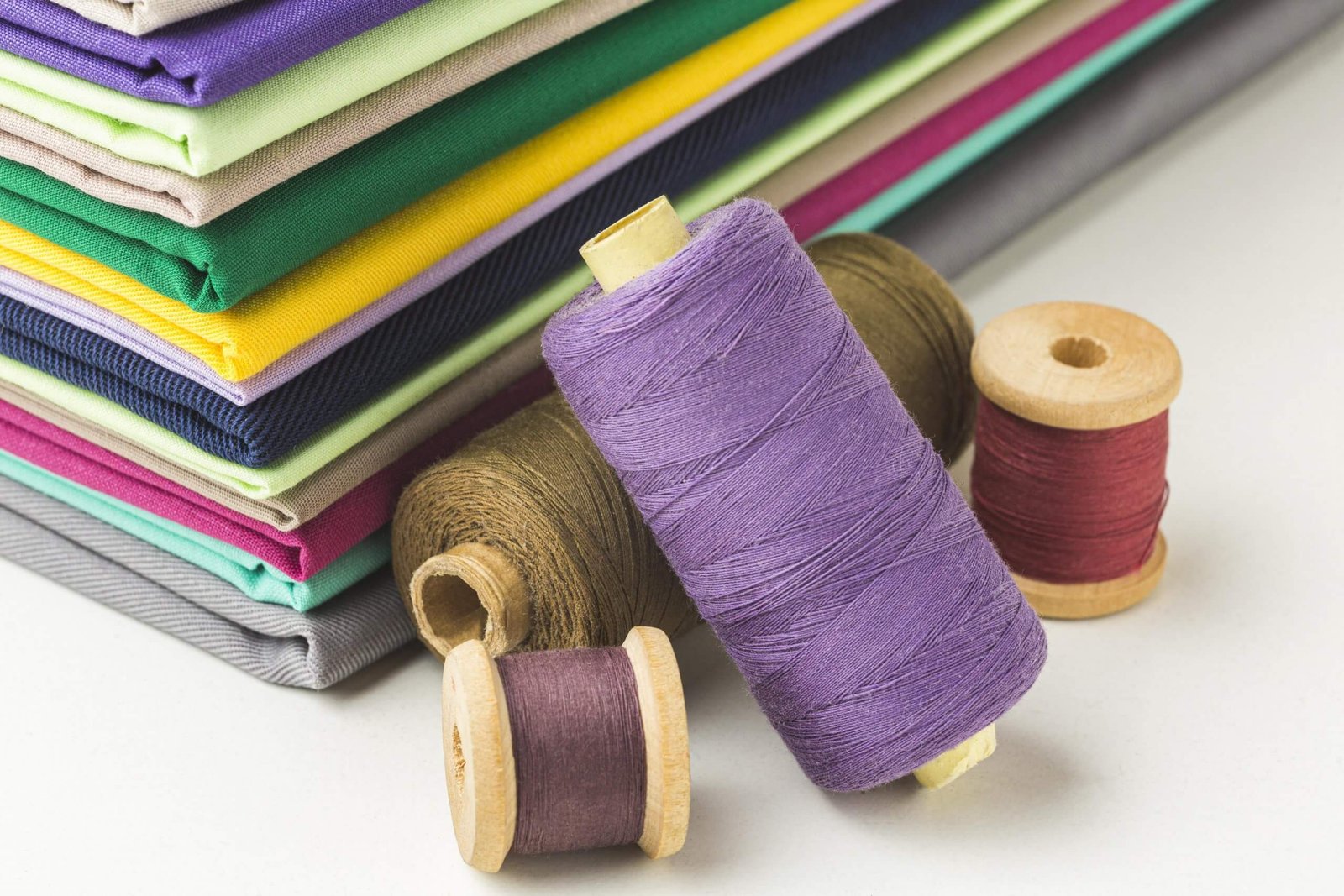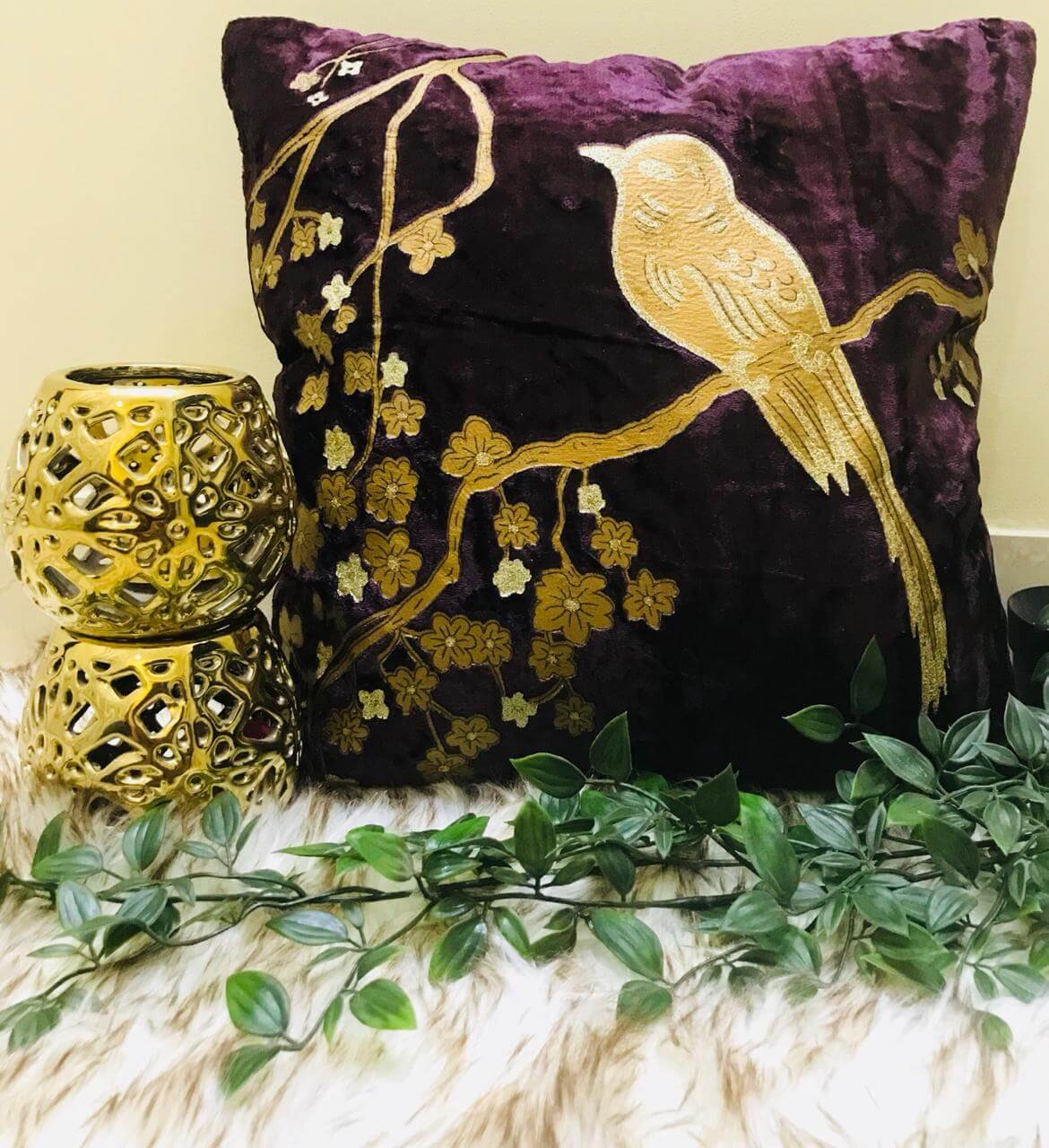Festival
Why are Navratri celebrated? How can we décor our home in this Navratri?
Why are Navratri celebrated?
According to mythology story, The festival is associated with the prominent battle that took place between Durga and demon the Mahishasura and celebrates the victory of good over evil. These nine days are solely dedicated to Durga and her eight avatars – the Navadurga. Each day is associated with an incarnation of the goddess:
Navratri is an Indian festival which is mainly celebrated 2 times a year. The first one is Chaitra Navratri and the second one is Sharad navratri.Chaitra Navratri comes in the spring season and Sharad Navratri comes in the autumn season.
Navratri And Our Home
Festivals filled our life with joy and happiness and Navratri is a festival of 9 days. We worshiped 9 goddesses and decorate our home according to that. These 9 days packed with pure vigour, zest, and absolute festive fervour, the Navratri season brings out the most enthusiastic and carefree side inside each of us.
The nine days of the Navratri festival pan out a powerhouse of fun and frolic for every one of us, each age group alike. Navratri is the celebration of the Goddess Durga and her 9 incarnations, of the fierce and feisty figure the woman, is, of women empowerment, and of the bold, independent woman our culture has always looked up to and drawn inspiration from.
While we all know that Navratri has 9 distinct days of celebration, let’s talk about the significance of each day. Another lesser-known fact is the symbolism of the color associated with each day of this nine-day-long festival and what significance it holds for us.
This year Sharad Navratri comes from 7th October to 15 October.
Different avatars of the Goddess Durga is worshipped during the nine days of the Navratri festival. Devotees dress up in different colours for each day. The nine colour pattern of Navratri has great significance. The order of the colour can vary each year, however, the colour will remain the same
1. Grey: Pratipada, the first day of the festival, will be represented with grey colour. The colour symbolises the worship of Goddess Shailputri. Grey signifies understanding and peace. It also means the destruction of evil.
2. Orange: The orange colour on the second day or Dwitiya symbolises the worship of Goddess Brahmacharini. The colour signifies energy and happiness. It also refers to tranquillity, brightness and knowledge.
3. White: On the day third or Tritiya, Goddess Chandraghanta is worshipped. The day will be filled with white colour which represents peace, calm, serenity and purity. It also means innocence and goodness.
4. Red: Goddess Kushmanda is worshipped on the fourth day or Chaturthi. She is dedicated to the red colour which symbolises energy, love and creativity. Red stands for passion, anger and auspiciousness.
5. Royal Blue: Panchami, the fifth day, is well portraited with the colour Royal Blue. The devotees worship Goddess Skandamata. The colour represents divine energy, superiority and intelligence.
6. Yellow: Goddess Katyayani is worshipped on the sixth day or Sashti. This day must be adorned with a yellow colour that symbolises happiness, freshness, brightness and cheerfulness.
7. Green: On the seventh day of Saptami, Goddess Durga in the form of Kalaratri will be worshipped. The colour green signifies growth, positivity and beginning. It also refers to Mother Nature and its nourishing qualities.
8. Peacock Green: Ashtami or the eight-day is the peak of the Navratri where Goddess Mahagauri is worship. The peacock green colour is the colour of the day. It represents the wishes and desires that get fulfilled.
9. Purple: On the last day of Navami, Goddess Siddhidhatri is worshipped. Purple colour represents beauty, ambition and goal. It also symbolises integrity.























